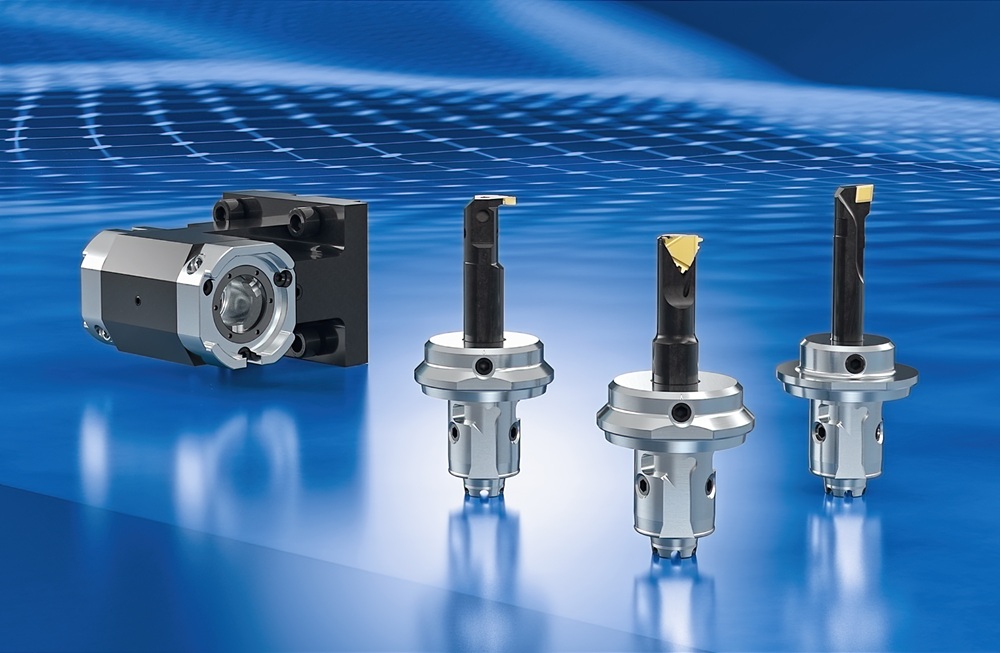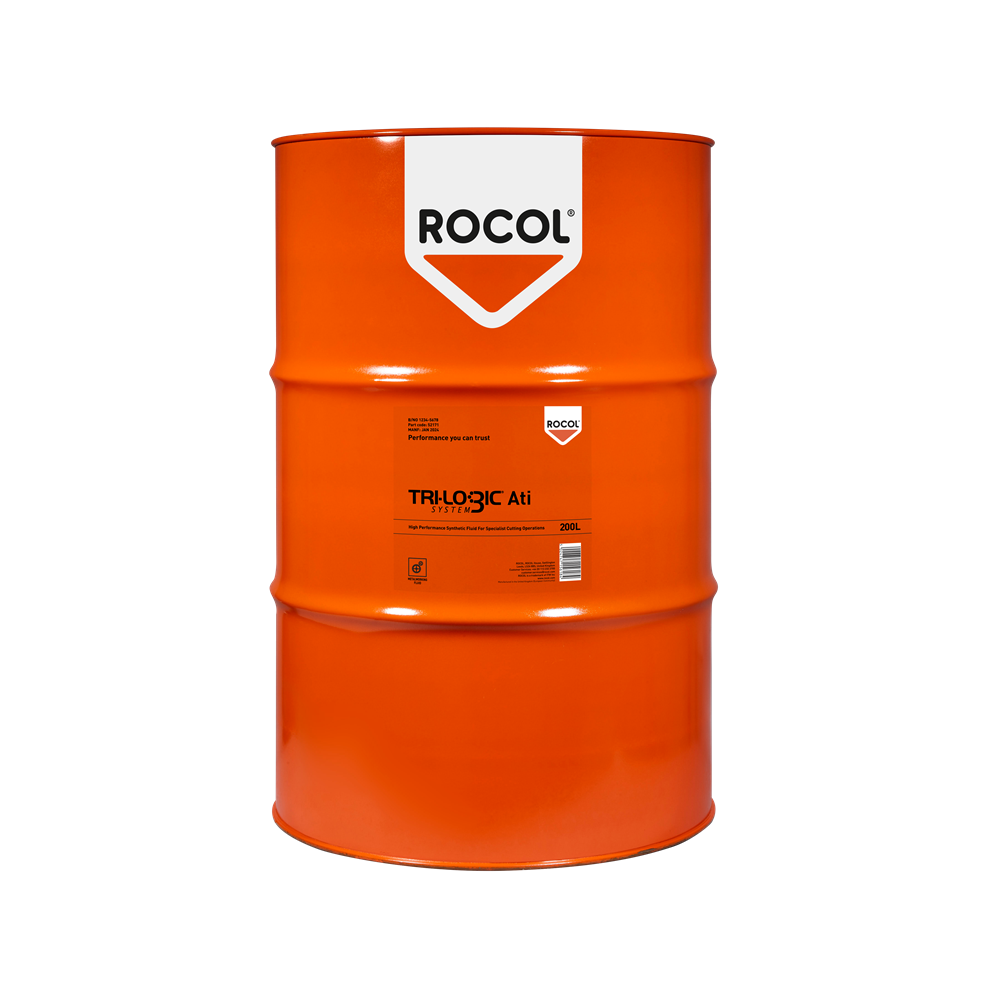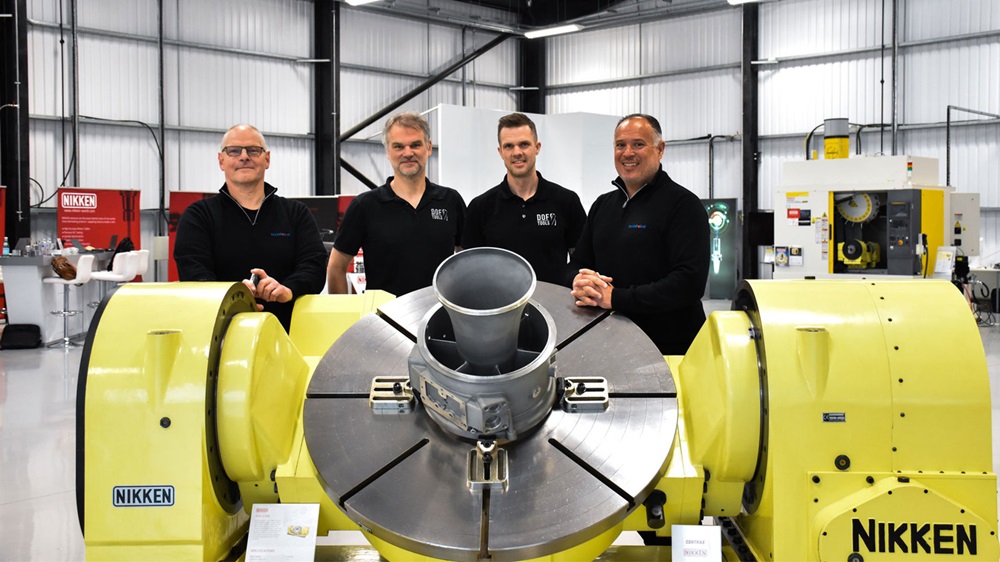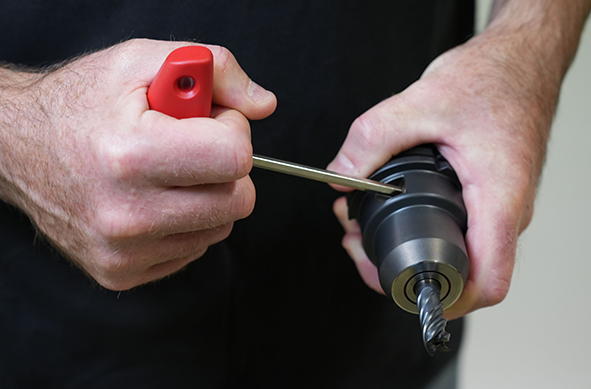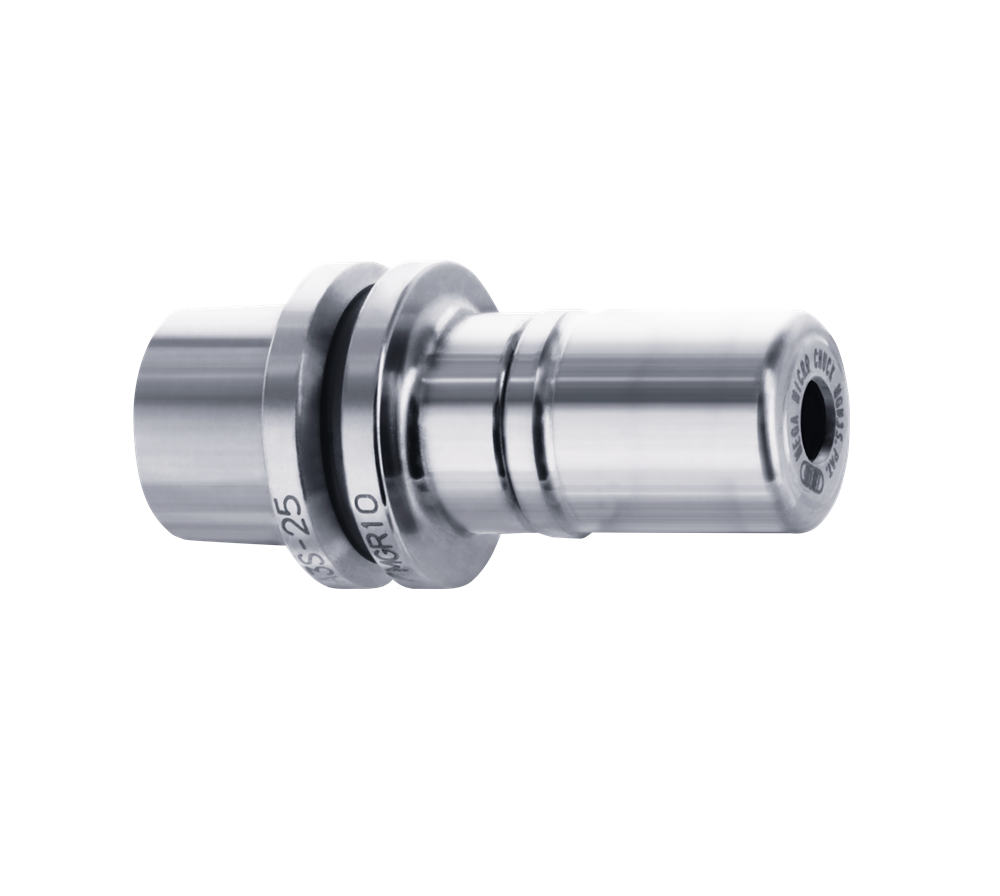A system for exchanging static turning tools quickly and easily in the turret of a fixed-head turning centre has been introduced by German manufacturer EWS Weigele, whose products are sold in Britain exclusively by GEWEFA UK. The new Varia.VXT quick-change system joins the Varia.VX range introduced a few years ago for the rapid exchange of driven tools in lathes. Existing users of the latter tool holders can utilise a special VXT interchangeable insert to allow the cost-effective incorporation of fast static tool changes into the same turn-mill centres and multi-tasking lathes.
Designed specifically for repeatability, precision and stability during turning operations, the VXT mechanism is particularly compact, enabling machining to take place very close to the turret and subsequently allowing extra flexibility when programming cutting cycles. The holder also exhibits high rigidity, which is important when cutting with the component rotating to prevent deflection of the tool tip and discourage chatter.
At the heart of the tool-holding innovation is a double-cone flex system with widely spaced support points. Elasticity designed into the second cone in the rear part of the adapter, combined with additional clamping screws in the shank area, gives the system its damping properties, minimising vibration and maximising tool life. The dual face and taper fit of the tool holder in the EWS interface, which is mounted in the turret, ensures not only high torque transmission but also precise orientation of the tool tip.
Repeatability of tool positioning is ±2 µm and transmissible torque is up to 160 Nm with the VXT3 interface, or 200 Nm with the larger VXT4, although these figures are likely to be revised upwards following ongoing tests. Maximum through-tool coolant pressure is 80 bar.
More information www.gewefa.co.uk








